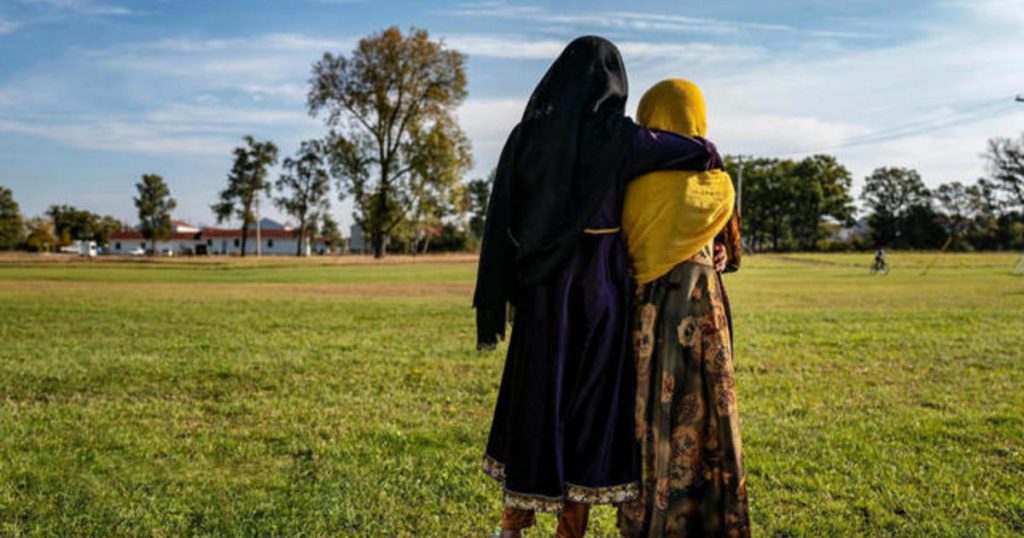
Getty Images
LONDON — Sterling has fallen more than 9% against the U.S. dollar so far this year and despite a recent reprieve, currency strategists see further pain ahead for the pound.
The Bank of England last week delivered another 25 basis point hike to interest rates, a more cautious move than peers such as the U.S. Federal Reserve and Swiss National Bank, as it tries to rein in soaring inflation without exacerbating a slowdown in economic growth.
As well as the global problems caused by the war in Ukraine and supply chain issues, the U.K. is also navigating the effects of Brexit, domestic political uncertainty and a major cost of living crisis.
Although treading cautiously for now, the Bank said it is willing to act more “forcefully” if inflation, which is currently running at 9% and which the Monetary Policy Committee projects will exceed 11% in October, proves more persistent. Analysts expect this to mean a 50 basis point hike could be on the table at the next couple of meetings if the inflation outlook weakens.
Goldman Sachs analysts argued in a note on Sunday that the BoE’s more careful approach to taming inflation in order to cushion the growth impact is “negative for the currency, consistent with sterling’s 5% depreciation since mid-March.”
“But our client conversations and positioning metrics suggest this is a popular view — sentiment on Sterling is quite negative, and it trades like it’s well positioned,” Goldman strategists Zach Pandl and Kamakshya Trivedi said.
“We and the market interpreted this week’s policy statement as a slight softening in the ‘transitory’ inflation view. Still, some on the MPC appear to have a high bar for what would qualify as ‘more persistent’ inflation pressures, and the BoE’s actions continue to stand out relative to its DM peers.”
As such, Goldman continues to see further underperformance ahead for the pound, particularly as the European Central Bank looks to facilitate a credit backstop and a faster monetary policy tightening of its own. However, Pandl and Trivedi added that the “risk-reward of sterling shorts has deteriorated somewhat.”
Meanwhile BNP Paribas strategists, in a flash note last week, reiterated their bearish call on the pound due to the “deteriorating economic outlook, elevated political risk and (their) view that the Bank of England will deliver less tightening than markets price.”
BNP Paribas holds a long position on the euro versus the pound, targeting £0.89. The euro was trading just below £0.86 on Monday.
The U.K. economy contracted by 0.3% in April after a 0.1% shrinkage in March, the first back-to-back decline since early 2020, and the Bank of England has noted the rising risk of recession in late 2022 and early 2023.
Little room for maneuver
The Bank’s monetary policy and inflation path relative to its peers is likely to be the greatest determinant of sterling’s fate, according to Marc Cogliatti, principal of global capital markets at Validus Risk Management.
Cogliatti said in a note Thursday following the Bank’s latest announcement that the current inflation trajectory leaves “little scope for the MPC to take their foot off the gas” when it comes to tightening monetary policy.
“The fact that real rates (adjusted for inflation) remain lower in the U.K. than they do for either the U.S. or EU, doesn’t bode well for sterling,” Cogliatti said, adding that broad risk sentiment will also be an influential factor.
“History tells us that sterling has a tendency to under-perform when markets are in ‘risk-off’ mode, so with the S&P 500 now officially in bear market territory (i.e. 20% below its recent peak) there is a risk that sterling remains under pressure in the near term, particularly against the safe haven dollar.”
At its two-year low last week, the pound fell below $1.20, before recovering above $1.24 following the Bank of England’s decision and settling at around $1.2260 on Monday.
A full reversal of the recent bearish trend would require a rally above $1.25, according to Saxo Bank Head of FX Strategy John Hardy, who also noted that sterling bears will only feel comfortable once the pound sinks back through $1.22.
“Elsewhere, sterling hopefuls should have a look at EURGBP, where the latest leg higher above 0.8600 has been sharply reversed, carving out a more well-defined reversal,” Hardy said.
“Watching the 0.8500 area for whether we follow through lower and back into the range extending below 0.8300 again there.”

